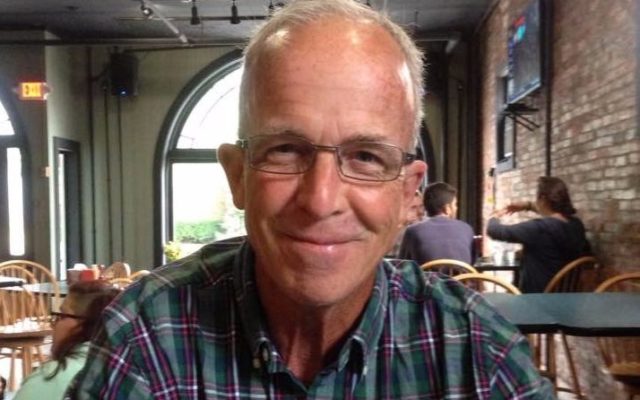
A wake of sadness and grief
Is there ever a time suicide doesn’t leave a wake of sadness and grief?
Suicide and death were very much a part of my week. I didn’t make it a point to engage suicide and death. The week just turned out that way.
My week began with Kate Spade’s suicide. I was unfamiliar with Mrs. Spade and her popular self-designed fashion items. My favorite news feeds were simply full of stories about this successful woman who hanged herself in her fashionable New York City apartment, leaving behind, said the New York Times, “a note…addressed to Ms. Spade’s 13-year-old daughter indicating that what had happened was not the child’s fault.”
My Uncle Bob, who passed on to me his love of drumming and music, killed himself when I was 14. Reliving my reaction, remembering reactions of other family members to Bob’s death — including his son, my cousin Gregg, who was 12 or 13 years old — is how I empathize with other people hammered by suicides.
Fortunately, I’ve never experienced the hopelessness that must cloud over the minds of people who choose suicide.
On the other end of the death spectrum, I also finished a book proposal on which I’ve been working with the Maine Hospice Council and Center for End-of-Life Care. This project would involve interviewing Maine hospice workers, people devoted to making patients last days productive, happy, and comfortable. The hospice workers we’d interview are hands-on people working with patients and families.
Then Anthony Bourdain killed himself. Like Mrs. Spade, this celebrity chef, journalist, and food expert seemed to have everything: fame and material success doing what he loved. I spent almost no time watching Mr. Bourdain on television, but I feel for the family, friends, and fans left in Bourdain’s awful wake of sadness.
Here’s my June 8 Facebook entry about a dying syndicated columnist I admire: “Sad today to read Charles Krauthammer’s goodbye letter. Mr. Krauthammer has such an admirable mind, such a gifted way of avoiding the red herrings and smoke, and presenting the essence of political stories. There aren’t many minds like his in politics now. I will miss him.”
I continued photographing American Revolution veteran headstones. One brown slate headstone in Lewiston’s tiny Davis Cemetery is that of Joseph Field. Mr. Field’s headstone is engraved, “He fought at the battle of Bunker Hill.” Amazing.
A favorite weekly podcast, “Jocko’s Podcast,” was an interview with severely wounded U.S. Marine Corporal Jacob Schick. He now works with 22 Kill, a nonprofit helping military personnel choose a life option other than suicide. The name, 22 Kill, is derived from the average 22 US military members taking their own lives daily.
The week closed on a quest for historical grave sites in Portland’s Western Cemetery — an unexpectedly depressing walk around 12 acres of unmowed grass, hundreds of desecrated headstones, and a city apparently comfortable neglecting this historical place. As recently as year 2000, Portland’s mayor approved Western Cemetery as a place for unleashed dogs to do their business among graves of War of 1812 and Civil War veterans and other distinguished Portland citizens buried there.
Of the 900 Irish Catholic immigrants to Portland buried here, only 50 gravestones remain. The Ancient Order of the Hibernians erected “The Catholic Ground” monument here to mark this “blessed ground.”
In all, an estimated 6,600 people are buried in this sad historic landmark. No one on Portland’s payroll can cut Western Cemetery’s grass, or put back in place the vandalized, toppled headstones? How very sad.
Summarizing my lessons learned this week:
You’re loved. If you’re hurting, tell someone.
Suicide solves nothing and hurts many loved ones.
Allowing destruction of historic cemeteries is shortsighted and stupid.
Scott K. Fish has served as a communications staffer for Maine Senate and House Republican caucuses, and was communications director for Senate President Kevin Raye. He founded and edited AsMaineGoes.com and served as director of communications/public relations for Maine’s Department of Corrections until 2015. He is now using his communications skills to serve clients in the private sector.